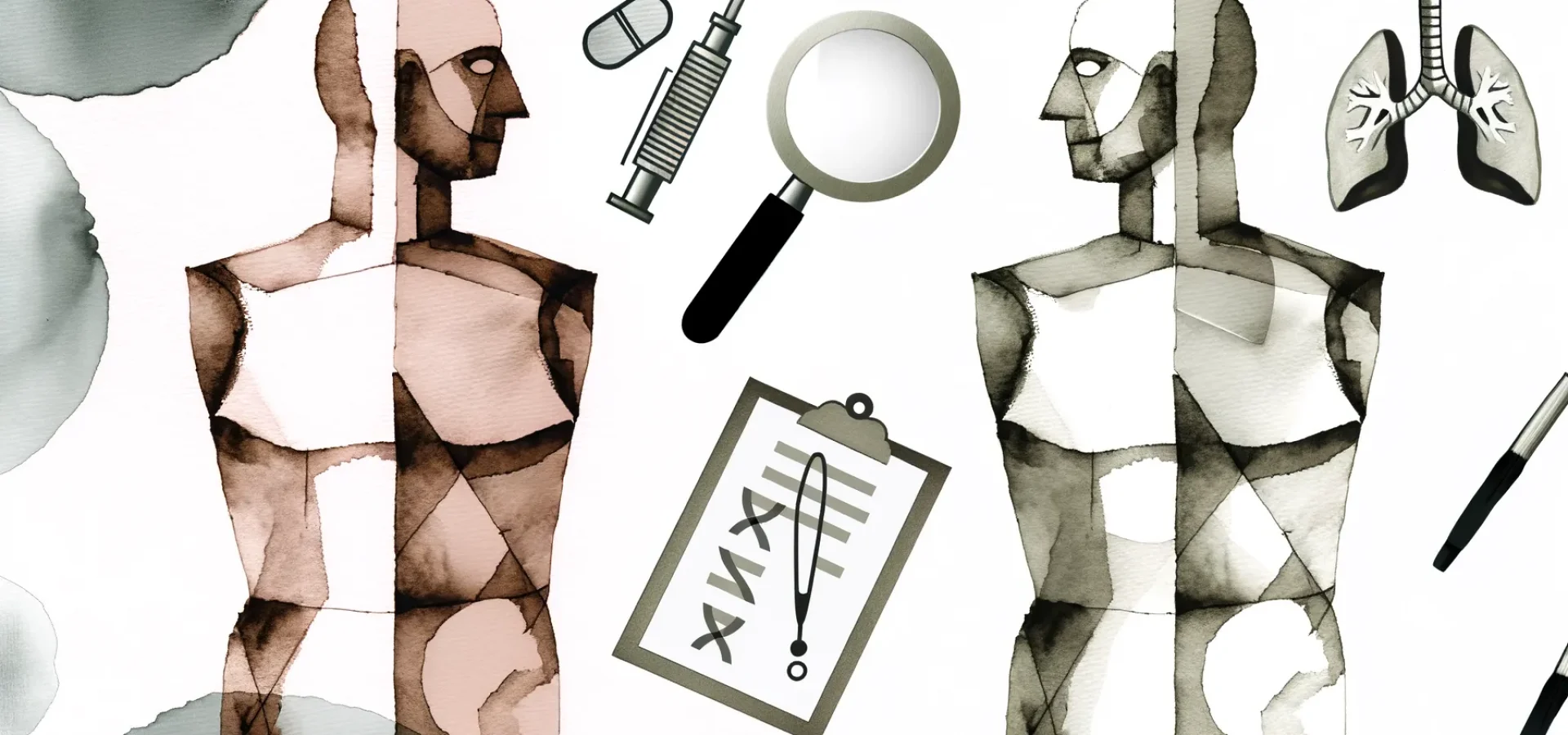Testicular cancer is a significant concern for many young men, often shrouded in myths and misconceptions. One of the persistent myths is that testicular cancer can only affect one testicle. However, while it is rare, testicular cancer can indeed affect both testicles. This article aims to debunk this myth and provide a clear understanding of testicular cancer, its risks, and the importance of early detection and awareness.
Understanding Testicular Cancer
Testicular cancer primarily affects young men between the ages of 15 and 35 but can occur at any age. It begins when healthy cells in a testicle change and grow uncontrollably, forming a mass or tumor. Testicular cancer is relatively rare, accounting for about 1% of all cancers in men. Despite its rarity, it is the most commonly diagnosed cancer in young men.
There are two main types of testicular cancer:
- Seminomas: A slower-growing and more treatable form.
- Non-seminomas: A more aggressive and faster-growing form.
Myths and Facts About Testicular Cancer
Myth 1: Testicular Cancer Only Affects One Testicle
Fact: While it is true that testicular cancer typically affects only one testicle at a time, it is possible for both testicles to be affected, though this is rare. Bilateral testicular cancer can occur either simultaneously or sequentially. Understanding this possibility is crucial for comprehensive awareness and proactive health monitoring.
Myth 2: Only Older Men Get Testicular Cancer
Fact: Testicular cancer predominantly affects younger men, particularly those aged between 15 and 35. It is essential for younger men to be vigilant about their testicular health and perform regular self-examinations to detect any abnormalities early.
Myth 3: Testicular Cancer is Always Fatal
Fact: Testicular cancer is one of the most treatable and curable forms of cancer, especially when detected early. The survival rate for testicular cancer is exceptionally high, with a five-year survival rate of over 95%. Early detection and prompt treatment are key factors contributing to this high survival rate.
Myth 4: Self-Examination is Unnecessary
Fact: Regular self-examinations are vital for early detection of testicular cancer. Men should perform a self-exam monthly to check for any lumps, swelling, or changes in the testicles. Early detection can significantly improve the chances of successful treatment.
Bilateral Testicular Cancer: Understanding the Risks
Bilateral testicular cancer, where both testicles are affected, is rare but possible. There are two main scenarios:
- Simultaneous Bilateral Testicular Cancer: Both testicles are affected at the same time. This is extremely rare.
- Sequential Bilateral Testicular Cancer: One testicle develops cancer, and after treatment, the other testicle develops cancer later. This scenario is more common than simultaneous bilateral testicular cancer but still relatively rare.
Risk Factors for Bilateral Testicular Cancer
Certain factors can increase the risk of developing bilateral testicular cancer, including:
- Family History: A family history of testicular cancer can increase the risk.
- Previous Testicular Cancer: Men who have had testicular cancer in one testicle are at a higher risk of developing it in the other testicle.
- Genetic Conditions: Certain genetic conditions, such as Klinefelter syndrome, can increase the risk.
- Undescended Testicle: Men with a history of an undescended testicle (cryptorchidism) are at greater risk of developing testicular cancer.
The Importance of Early Detection
Early detection of testicular cancer, including bilateral cases, is crucial for successful treatment. Here are some steps men can take to monitor their testicular health:
Self-Examination
Men should perform a monthly testicular self-exam to check for any abnormalities. Here’s how to do it:
- Best Time to Check: The self-exam is best performed after a warm shower or bath, when the scrotal skin is relaxed.
- Visual Inspection: Stand in front of a mirror and look for any swelling or changes in the size and shape of the testicles.
- Physical Examination: Gently roll each testicle between your thumb and fingers, checking for any lumps, swelling, or changes in texture. It is normal for one testicle to be slightly larger than the other or for one to hang lower.
Regular Medical Check-Ups
In addition to self-examinations, men should have regular medical check-ups. If any abnormalities are found during a self-exam, it is essential to consult a healthcare professional promptly.
Treatment Options for Bilateral Testicular Cancer
When bilateral testicular cancer is diagnosed, treatment options are considered based on various factors, including the stage of cancer, the patient’s overall health, and personal preferences. Common treatment options include:
Surgery
Surgical removal of the affected testicle(s) (orchiectomy) is often the first step in treating testicular cancer. In cases of bilateral testicular cancer, both testicles may need to be removed, depending on the extent of cancer. This can affect testosterone production and fertility, so patients should discuss the potential impact with their healthcare provider.
Radiation Therapy
Radiation therapy uses high-energy rays to target and destroy cancer cells. It is more commonly used for seminomas, which are more sensitive to radiation. In cases of bilateral testicular cancer, radiation therapy may be used to treat both testicles.
Chemotherapy
Chemotherapy involves the use of drugs to kill cancer cells. It is often used for more advanced stages of testicular cancer or when cancer has spread to other parts of the body. Chemotherapy may be used alone or in combination with other treatments.
Surveillance
For certain cases of early-stage testicular cancer, active surveillance may be recommended. This involves regular monitoring through physical exams, blood tests, and imaging studies to detect any signs of cancer recurrence.
Final Thoughts
Testicular cancer, while relatively rare, is a critical health issue that young men should be aware of. The myth that testicular cancer can only affect one testicle needs to be debunked, as bilateral testicular cancer, although rare, is possible. Early detection through regular self-examinations and medical check-ups is vital for successful treatment and high survival rates.
By raising awareness about the realities of testicular cancer and dispelling common myths, we can encourage young men to take proactive steps in monitoring their health. Remember, early detection saves lives. If you notice any changes or abnormalities in your testicles, consult a healthcare professional promptly. Your health and well-being are worth it.





